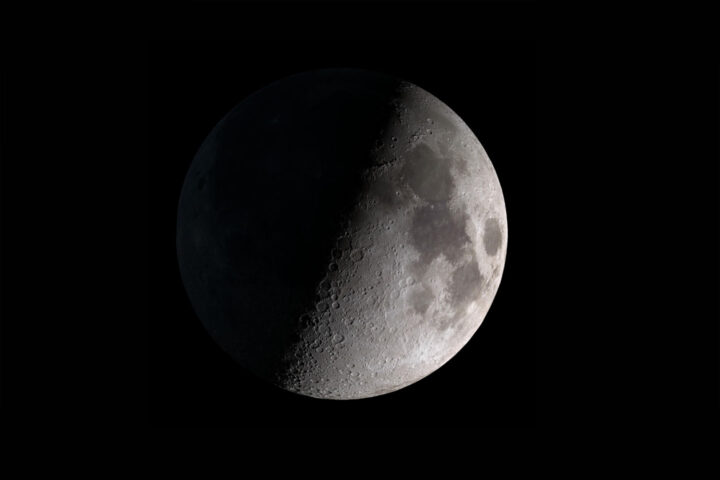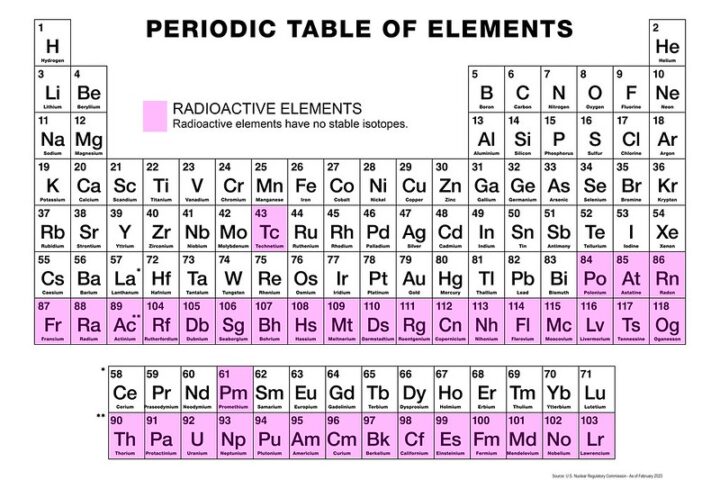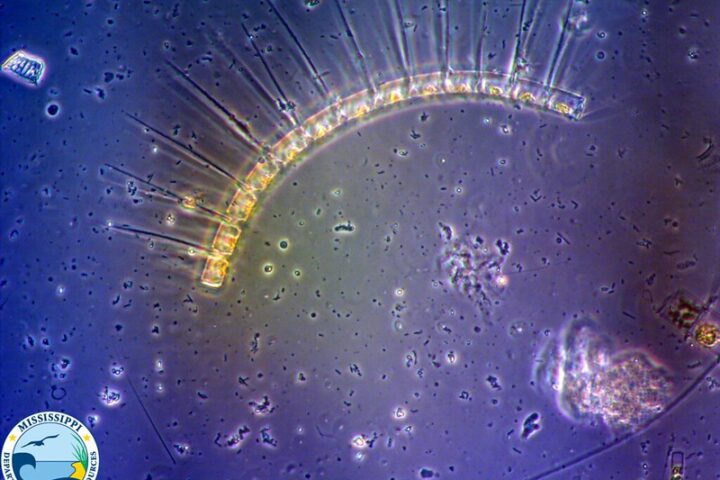Source: Light_Fidelity_(Li-Fi)_Official_logo_By Arie musthofa_wikimedia
Introduction
Li-Fi, when we are dwelling in a Wi-Fi-driven world, is bound to revolutionize the very essence of wireless communication. Unlike Wi-Fi, operating on radio waves, Li-Fi harnesses light for data transmission. This pioneering technology has the potential to offer unprecedented speeds, enhanced security, and a far more efficient methodology.
Understanding Li-Fi
Li-Fi is a short form of Light Fidelity. It is a high-speed wireless communication technology that uses visible light to transport data. It works by controlling the light intensity faster than the human eye can notice.
Opposite to Radio-Based Communication
Fundamentally, the operating principle of Li-Fi is to modulate the light itself. In practice, LEDs could be switched on and off at blink-of-an-eye switching speeds, which are far beyond the eye visibility frequency. A data-carrying capability could be applied to the light beam by changing the light intensity briskly.
Normally, a Li-Fi system would consist of the following three building blocks:
- Light source: Normally, it is an LED that emits the modulated light signal.
- Data modulator: Data is modulated into the light signal.
- Light receiver: Detects the modulated light and decodes the data.
- The light receiver is actually a photodiode that will convert the emitted light from a source back to an electrical signal and then convert it back to the original data using signal processing.
Benefits of Li-Fi

Source: Li-Fi_ The Future of Wireless Communication_benefits-of–technology
Li-Fi presents several advantages over conventional Wi-Fi:
- Fast: Li-Fi can perform at much higher speeds compared to Wi-Fi, since the visible light spectrum is much wider than the radio frequency spectrum employed by Wi-Fi. Improved Security: Given the inability of light to pass through walls, Li-Fi ensures better security for data, and its unauthorized access is solely provided within the range or the coverage area of light.
- Spectrum Efficiency: Li-Fi does not have a bottleneck situation like Wi-Fi, as the latter works in a stacked radio spectrum, while Li-Fi works in an unused spectrum, which is a visible spectrum. That lessens the congestion and breakthroughs.
- Energy Efficiency: Li-Fi complies with energy efficiency due to LED lighting technology, something not achieved with Wi-Fi.
- Safe for Health: As there is no application of radio waves, Li-Fi is concluded to be safe for health. So it has minimized any dreadful impact that sometimes radio waves have upon us.
Disadvantages and Challenges of Li-Fi
Line of Sight: The light source transmitting information and the receiver must have a clear line of sight. Anything that comes in the way blocks the signal; hence, the signal range and coverage are limited by the presence of obstacles in the path. Interference by Daylight: Any strong ambient light, such as that from the sun, will interfere with the Li-Fi signal and degrade performance. Cost: The cost of LED lights has decreased over the years, but developing high-speed Li-Fi systems and compatible devices might still be expensive.
Li-Fi is thus not very conducive for outdoor use because the line-of-sight necessitates it to be almost certainly used indoors. Besides, the weather and ambient light are both unpredictable.
Li-Fi and Its Applications
The following sectors and areas will soon be transformed by the technology of Li-Fi:
- Indoor Communication: Li-Fi delivers high-speed internet connectivity at home, in the office, or even places of public exposure.
- Smart Homes: Li-Fi helps inherently in communicating between the smart devices to create a system in the home for improved and automated functions.
- Industrial Automation: Li-Fi, due to its real-time data transfer ability, can be much help in industries that increase efficiency and productivity.
- Underwater Communication: Li-Fi can be used for communication underwater, because in water, light travels more speedily, and also, it covers a longer distance than radio waves.
- Aviation and Aerospace: Li-Fi can help in high-speed data transmission between aircraft and ground stations and within cabins of aircraft.
Future of Li-Fi
Though Li-Fi currently remains in its infant development stage, what it contains in terms of potential is far from being contested. In this direction, research and development are currently on their road to eliminate the challenges and increase its reach.
With the increasing uses of LED lighting, it is likely that integration with technology for using Li-Fi can be done. If the technology associated with light modulation and receiver technology gets refined, it is possible to make Li-Fi a standard methodology for wireless communication, possibly making it not much different from Wi-Fi in most applications or even having a potential of replacing it in the future.
The Science Behind Li-Fi
The concept of communication by light isn’t new—it’s seen in Morse code with the use of lanterns—but Li-Fi really steps up to the mark. The core technology is based on the modulation of light at very high speed. The ultra-core of this idea is advanced semiconductor technology capable of controlling the intensity of LED lights at an accuracy previously unthought of.
Modulation is the process of turning digital data into a train of light pulses, in which each pulse represents a binary digit, or ‘bit.’ This train of light pulses is converted, at the other end, by a receiver, usually a photodiode, into an electrical signal, and is processed to recover the information. The merit of this technique in enabling high-speed information transfer lies in piling more information into each of these light pulses; this is what advanced modulation techniques allow for.
Overcoming Challenges in Li-Fi Technologies
There are numerous technical challenges which will have to be overcome before the full potential of Li-Fi can be harnessed. The first and foremost of these challenges is the reliable transmission of data in spite of the presence of visible light. It is possible to have controlled conditions in an indoor scenario, but a highly developed mechanism has to be in place outside, in order to filter out unwanted light.
Another concern area for the development of effective and economical receivers is light receivers. The sensitivity of a receiver determines the range and data rate of a Li-Fi system. Research in the scientific community tries to select and design new materials that would lead to better receiver performance.
The development of standardized protocols for Li-Fi would have greater interoperability within numerous devices and systems. It will allow devices and systems using Li-Fi as the communication protocol to be more widespread.
Li-Fi and Internet of Things
The other cool area of interaction with Li-Fi is the Internet of Things. Devices in IoT normally work in high deployment environments with a constrained wireless spectrum. Li-Fi can offer a high-speed, low-latency communication channel for those devices to enable new applications and services.
For example, in smart homes, Li-Fi can link up numerous devices of the Internet of Things, ranging from light and temperature control to sensors and appliances. This makes the home more responsive to the needs of its inhabitants and provides tremendous efficiency. In industries, Li-Fi provides data exchange between machines in real time; consequently, advanced automation and control systems are facilitated.
The Li-Fi technology will further help the healthcare sector vastly. With the help of this technology, it will allow high-speed wireless connectivity for medical devices in hospitals and clinics. It will help in real-time data transfer and remote monitoring. Correspondingly, Li-Fi secure communications keep information that is sensitive about patients.
Further, the application of Li-Fi to developing sterile environments and to prevent the bacteria spread through airborne transfer, which is the major challenge in any healthcare place.
Li-Fi and Augmented Reality
Yet another application domain in which Li-Fi can cause nothing but a revolution is augmented reality. In cases of AR, delays and high throughput are pivotal in relating virtual objects to the real world. Here, then, Li-Fi will also enable seamless AR to a user with virtual objects placed over a real world.
Imagine having this kind of immersion interactively on the street with the help of AR glasses. Li-Fi could meet the data requirement to be able to provide this kind of support to users: information, directions, and advertisements.
Future of Li-Fi
The technology of Li-Fi is still in its infancy stage, but there seems to be no limit to what is possible with it. Advancements in LED lighting technology, and reductions in their costs, have also meant that the barriers to being able to use it, at least on a large scale, keep on going down.
Moreover, long-term research and development in enhancement of the performance of Li-Fi, increasing the coverage area, and its affordability are foreseen. Li-Fi, being another major wireless communication technology in future, if innovation continues, would place itself in a position that it would form a complement or even an alternative to Wi-Fi in many applications.
In other words, Li-Fi will revolutionize wireless communication. High-speed, secure, and energy-efficient data communication does hold much promise for industries and applications alike. As the technology matures, we can only expect Li-Fi to transform the way in which humans have conventionally connected and related to the outside world.
Sources:
- https://www.oledcomm.net/blog/future-of-lifi-technology-2024/#:~:text=Being%20an%20alternative%20to%20WiFi,take%20over%20the%20communication%20market.
- https://ieeexplore.ieee.org/document/9591685/
- https://phronesis-partners.com/insights/lifi-lighting-the-future-of-internet/
- https://www.geeksforgeeks.org/lifi-the-path-to-a-new-way-of-communication/

















